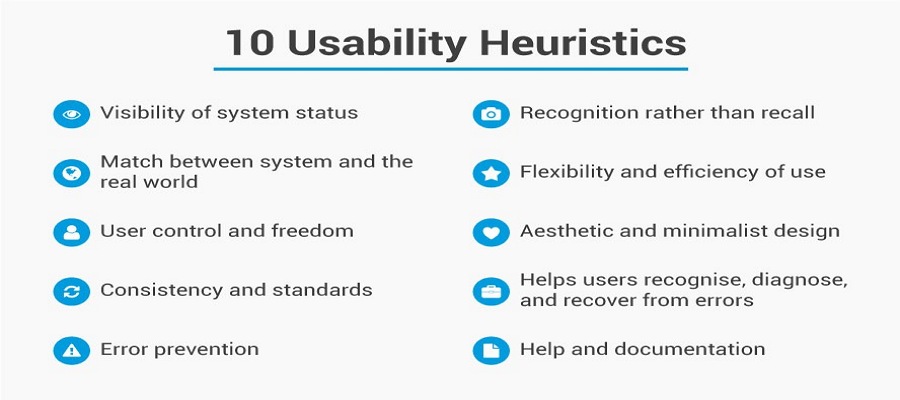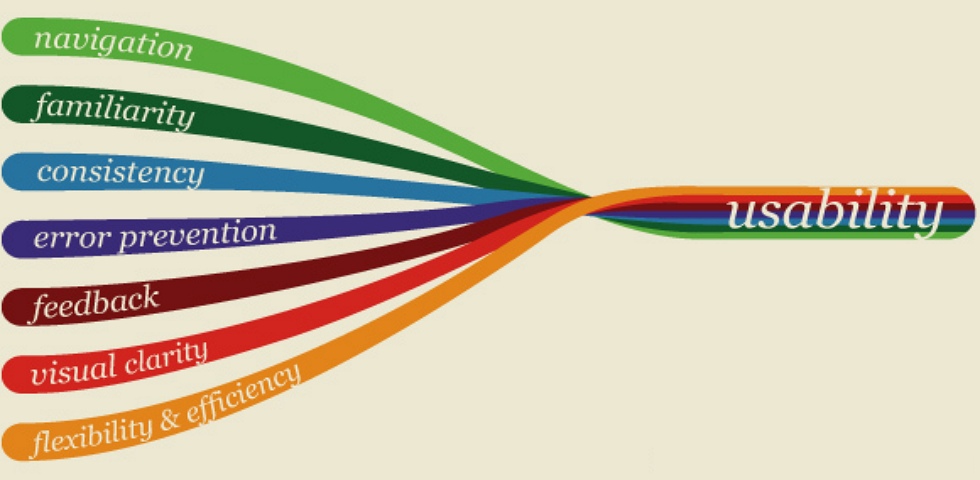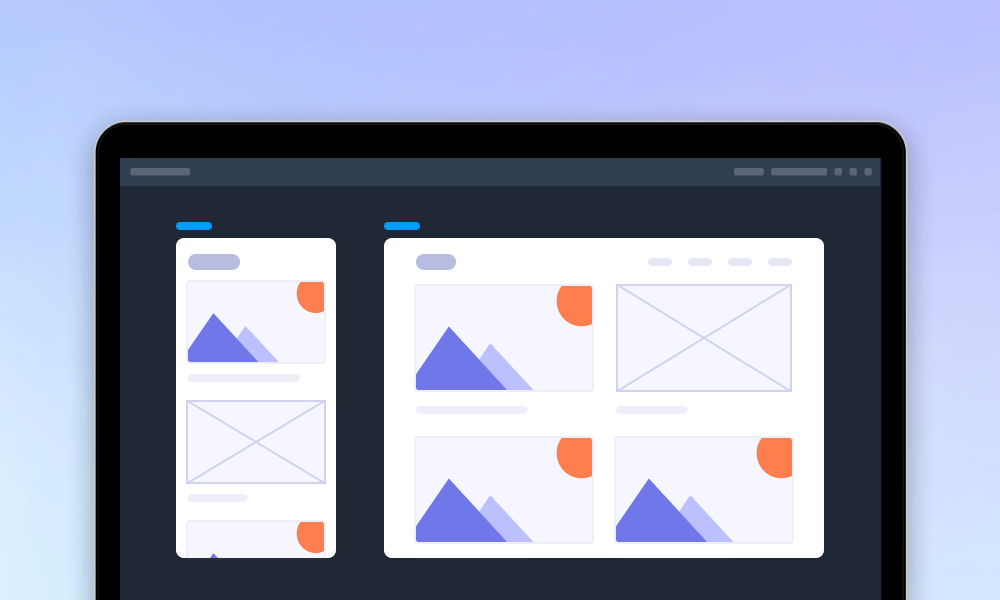Usability design is to improve the usability of a product, which is an important part to guide the actual design. It can also be regarded as an "user-centered design”. Thus, It includes two important parts, namely, usability testing that is based on the target users psychological research (user model, user needs, the use of processes, etc.) . The other is to combine the Cognitive Psychology, Ergonomics, Industry Psychology and other disciplines of basic principles are agilely used in the design behavior.
Here are Jakob Nielsen’s 10 principles:

1. What is usability?
Usability is a measure about a product that been used in a specific scenario by specific users, which can achieve the special goal in a satisfied and effective degree. First, usability is not only related to the interface design, but also involved in the technical level of the entire system. Second, usability is reflected by human factors, and evaluated by operating a variety of tasks. Third, usability is to describe how a user can be interact effectively with a product and how easy a product can be operated.

From a psychological point of view, the basic meaning of usability is:
1) Users can focus on their own tasks and operate with their own operation process. They don’t have to find the menu of the man-machine interface or understand the software structure, man-machine interface structure and icon meaning, and they don’t need to consider of how to convert the task into a computer's input mode and input process;
2) Users do not have to master the knowledge of computer's hardware and software;
3) Users can’t be distracted by the hand operation, the operation should be simple and repeatable;
4) Under the specific environments and scenarios, users are still able to operate it normally;
5) Operation errors and misunderstanding will be less ;
6) Users can learn the operations in a short time.
2. Why is the usability design so important?
From the user's point of view, usability is important because it can make the users complete the task accurately, and users can operate it with a pleasant mood rather than feeling stupid. From the developer's aspect, usability is an important principle to determine the success of a system. From the manager's point of view, the poor usability of products will greatly reduce productivity, people will not buy your products. Any product that lacks usability will waste more time and energy.

3. What product is considered as a usability design?
Efficiency- the degree that users can finish a particular task and achieve a specific goal correctly and completely in a short time;
Satisfaction - User’s subjective satisfaction and acceptance degree in the process of using a product.
A site with good usability has to follow these factors: fast connection, well designed, completely description and testing, simple operations, friendly and meaningful information interaction, unique style.
4. How to achieve usability design?
The key point of achieving the high usability is iteration design. To optimize the design gradually by evaluation from the early stages, and the evaluation process enables designers and developers to gather users feedbacks until the system reaches an acceptable level of usability.
The perfect way to ensure usability is to test the actual users on the working system. Achieving high usability requires the design work to focus on the end users of the system. There are many ways to determine who the major users are, how they work and what must be done. However, the user's schedule and budget sometimes may discourage this ideal approach.
Free prototyping tool for web and mobile app design
Get Started for Free
Free prototyping tool for web and mobile app design
Get Started for Free
Free prototyping tool for web and mobile app design
Get Started for Free













